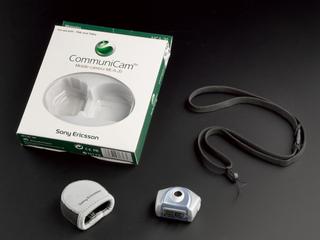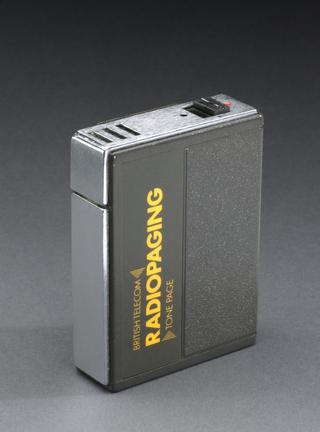
Baudot five key keyboard, 1897-1926
- Made:
- 1897-1926 in United Kingdom
- designer:
- General Post Office












Baudot five key keyboard (without message desk) with 'send' and 'receive' switch for simplex working, Post Office pattern, unknown maker, British, 1897-1926.
The Baudot telegraph system allowed several telegraph messages, typically four, to be sent along the same wire at the same time. It was done by four operators working exact synchronisation with each other, sending their segment when a 'cadence note' sounded. This required great concentration and was very tiring. The Baudot system was adopted by the General Post Office in 1897 for a simplex circuit between London and Paris, and was used for general purposes from 1898. The Baudot code later formed the basis of the five-unit teleprinter code.
Details
- Category:
- Telecommunications
- Object Number:
- 1926-889
- Materials:
- metal (unknown), wood (unidentified) and plastic (unidentified)
- Measurements:
-
overall: 145 mm x 75 mm x 155 mm, 1.8 kg
- type:
- telegraph
- copyright:
- Siemens Brothers and Company Limited
- credit:
- Kindly donated by Telent Technology Services Limited




